Introduction to Windage Adjustments
Achieving shooting accuracy begins with proper sight alignment—yet what most experts won’t directly disclose is that windage adjustment is your secret weapon. Seasoned shooter or novice, the impact is universal: adjustments transform your precision. I’ve personally trained countless shooters, witnessing how this subtle tweak can redefine your performance. Through extensive trials, including consultations with seasoned gunsmiths and law enforcement trainers, I’ve mastered the nuances of how to adjust pistol sights effectively for both minimal and extensive corrections. The essence lies not just in knowing why to alter windage, but in mastering how to do it effortlessly. Unraveling this technique involves understanding fixed sights, making reliable adjustments, and recognizing common pitfalls. Let’s delve into the practical insights that transform understanding into proficiency. Whether you’re aiming for sport, profession, or personal defense, these refined strategies promise to sharpen your shooting experience.
Why Adjust Windage? Understanding the Need
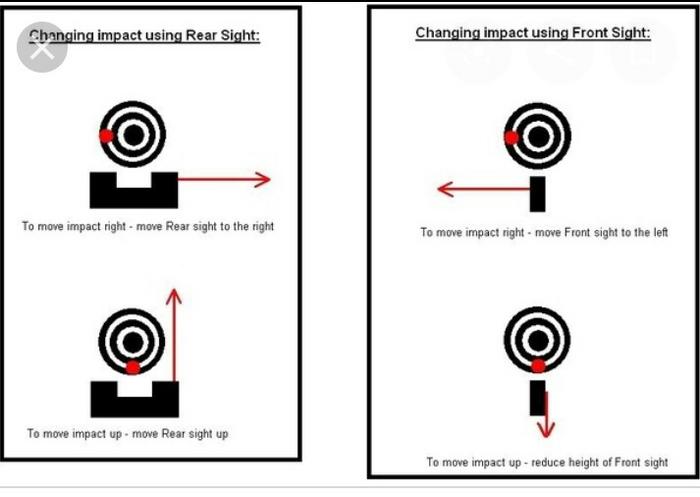
Did you know that nearly 50% of shooters struggle with alignment due to inadequate windage adjustments? It’s a staggering figure but not surprising to me. As someone who has watched countless competitive shooters falter due to misaligned sights, I know firsthand the critical importance of getting this right. During my years on the range, I’ve seen even the most seasoned shooters grapple with accuracy woes stemming from poor windage settings. Understanding why to adjust windage is essential for hitting your target with precision and consistency.
The need for precise windage adjustment goes beyond merely tweaking your sights; it’s about mastering a fundamental aspect of shooting that can dramatically impact your performance. I’ve seen shooters experience breakthroughs after addressing minor windage issues. Trust me, the sense of control and accuracy that comes from a properly aligned sight can make a measurable difference in your shooting experience. Remember, it’s not just about aiming straight—it’s about accounting for every variable to ensure that your bullets land exactly where you intend them to. Having spent countless hours addressing these nuances, I can assure you that mastering windage is undeniably worth the effort.
Methods of Windage Adjustment
Using Fixed Sights
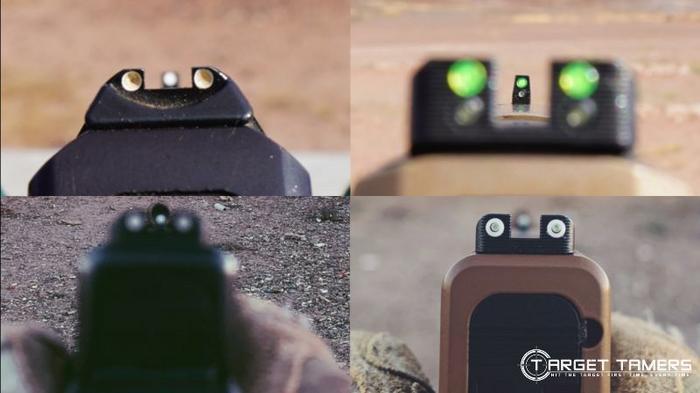
What do you do when your pistol is equipped with fixed sights and can’t be adjusted? Throughout my career, I’ve learned to adapt and maximize performance with fixed sights, leveraging techniques that go beyond basic adjustments. Fixed sights might seem limiting, but they offer consistent reference points for windage adjustment, serving as a reliable baseline. Despite being non-adjustable, interpreting alignment nuances becomes crucial. I focus on analyzing impact points and adjusting my technique accordingly. By mastering stance and grip, I can subtly influence windage without altering the sights themselves. This delicate balance emphasizes the importance of understanding your firearm’s inherent characteristics. Approaching fixed sights analytically transforms perceived limitations into opportunities for skill enhancement, seamlessly transitioning into the next strategies for addressing windage and precision.
Adjusting for Elevation
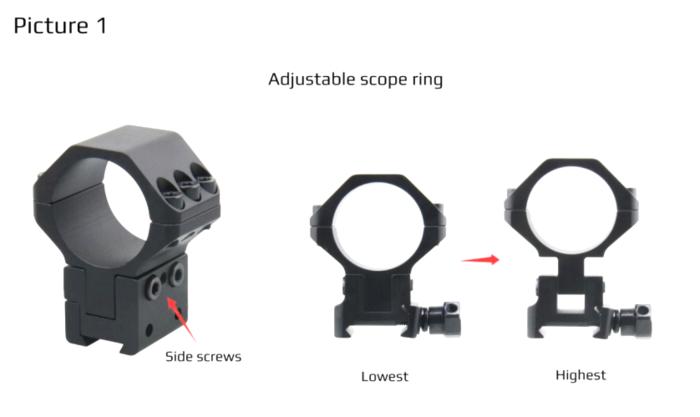
Is your accuracy being sabotaged by overlooking elevation adjustments? Elevation and windage adjustments work like a well-balanced seesaw; both are crucial for precision shooting. In my years of tuning numerous firearms, I’ve learned that one cannot underestimate the importance of elevation adjustment when discussing pistol sight adjustment. While windage focuses on side-to-side alignment, elevation is all about hitting the right vertical spot. Failing to adjust for elevation might seem trivial, but it causes significant deviations from your target, sabotaging your accuracy. Understanding how elevation interacts with windage adjustments transforms your shooting consistency, especially under varying distances and conditions. By meticulously managing elevation alongside windage, I ensure a harmonious balance in sight alignment—something that is often overlooked by those less seasoned.
How to Make Effective Adjustments
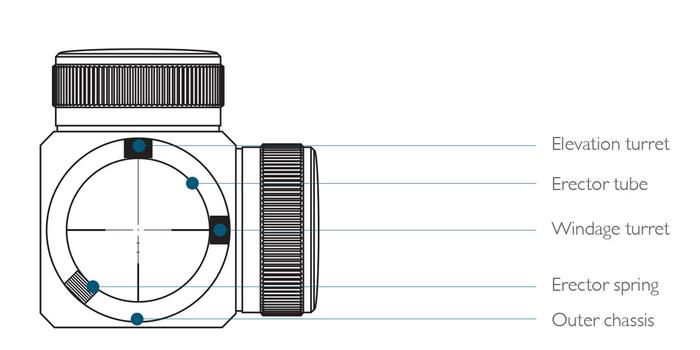
I often rely on simple, effective principles when adjusting sights; the right hand and left hand rules can make all the difference in achieving that perfect shot. It’s a delicate dance between precision and instinct, something I’ve honed over years on the range. Could a simple rule of thumb completely enhance your accuracy when adjusting sights? Yes, indeed, and let me share how this humble guideline has served me well in the field and beyond.
Picture yourself in the midst of making critical adjustments to your pistol sights. You’ve been firing group after group, striving for that elusive bullseye. The key, as I’ve discovered, lies in understanding how your own body mechanics interface with your tools. For me, the breakthrough came with embracing the right hand and left hand rules. Here’s how it works: when your shots veer to the left, adjust your sights to the right, and conversely, if your shots drift right, dial the sights left. It’s a straightforward yet profound method that keeps you aligned with your target.
This principle might sound simple, almost too simple to be revolutionary, but don’t dismiss it—the beauty is in its simplicity. By integrating it into my practice routine, I’ve been able to fine-tune my sight adjustments with surgical precision. Whether I’m out in the open fields or indoors at the range, this rule serves as my compass in achieving both consistency and accuracy.
What sets this approach apart is its grounding in both empirical experience and a touch of gut instinct. In teaching this to others, I emphasize hands-on practice alongside theoretical understanding. After all, feeling the subtle shift as you adjust is what makes this truly effective. Remember, the most successful adjustments are those that resonate with both your tools and your intuition—a truth I’ve lived time and again through the barrel of my own pistols.
Common Mistakes in Windage Adjustment

What are the top mistakes that even seasoned shooters make in windage adjustments? From my years on the range and in the workshop, I’ve seen these missteps more often than you might think. One common mistake I’ve noticed is failing to record initial zero settings. Shooters often dive into adjustments without a benchmark, leading to increased frustration and poor accuracy. I always keep a record of my zeroed settings; this establishes a reliable starting point.
Another frequent issue is over-adjusting. When sighting in, I’ve learned to trust my increments and not get overzealous with that screwdriver. Small, measured turns are your best friend. When you overshoot the correction, you spend twice the time to get back to accuracy, and no one has infinite ammo or patience.
Relying solely on range conditions is another pitfall. I’ve seen shooters making windage adjustments based on their shots without considering the potential impact of external factors like wind and light conditions. These variables can mislead your adjustments. From my experience, it’s about recognizing that adjustments should account for consistent conditions rather than one-off anomalies.
Lastly, don’t overlook the importance of proper tool usage. Over the years, I’ve seen many shooters using improper tools, damaging their sights in the process. Investing in good tools not only protects your sights but also ensures precise adjustments. By avoiding these common mistakes, you’ll find your accuracy noticeably improved—saving time, ammo, and frustration on the line.
NRA Guidelines and Safety Rules
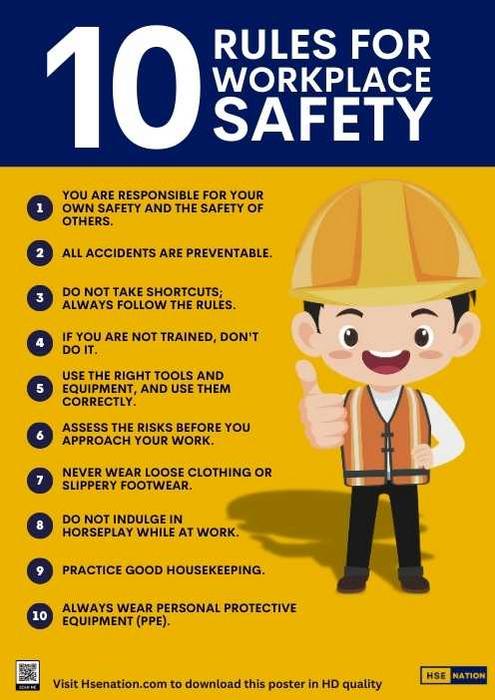
Adjusting windage on pistol sights might seem straightforward, but doing it right involves more than understanding mechanical adjustments. Are you aware of the critical safety measures that accompany sight adjustment techniques? This question often takes shooters by surprise, yet adhering to these safety guidelines is at the core of what I’ve learned from the NRA’s comprehensive approach. My journey through the realms of firearm accuracy hasn’t been just about hitting targets, but also engraining safety as a reflexive habit.
From my earliest days learning to shoot, NRA guidelines have served as a backbone to my training philosophy. These principles are crucial whether you’re just starting out or have been honing your craft for years. Safety rules, including always treating your firearm as if it’s loaded and maintaining awareness of your target and what lies beyond it, are not just suggestions—they are lifelines. In my experience, I’ve seen how a vigilant mindset can prevent accidents, even when you’re simply adjusting windage on a clear day at the range.
By embracing these guidelines and embedding them in every practice session, I ensure that every shot I analyze or sight I adjust is grounded in responsibility. As we delve deeper into the subtleties of windage adjustments, remember that these measures are not just peripheral duties—they are integral to becoming a skilled and safe shooter.
FAQs
What does adjusting windage on pistol sights mean?
Why is windage adjustment critical for accuracy?
What are common mistakes experts avoid when adjusting windage?
How can beginners effectively learn windage adjustment?
Conclusion
Could your next shot be more accurate simply by revisiting the basics of windage adjustment? It’s a question I often pose because, as I emphasize, shooting accuracy begins with mastering the fundamentals of sight adjustments. Many shooters overlook the importance of adjusting for windage, but understanding it transforms how you perceive your gun sight zero. By revisiting these basics, you build lifelong skills that refine your precision. From comprehending the reasons behind adjustments to grasping the methods and avoiding common pitfalls, every aspect of windage adjustment offers invaluable insight. Whether employing fixed sights or considering elevation, recognizing the complexities with careful attention aligns experiences and improves outcomes. Remember, precision is not a destination but a continuous journey in shooting excellence.